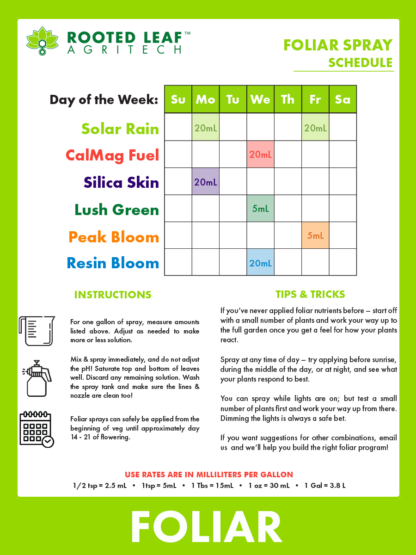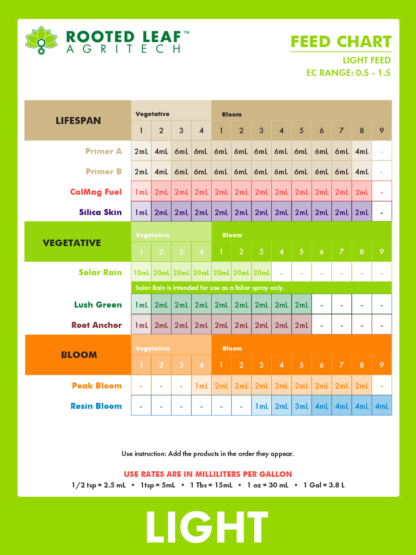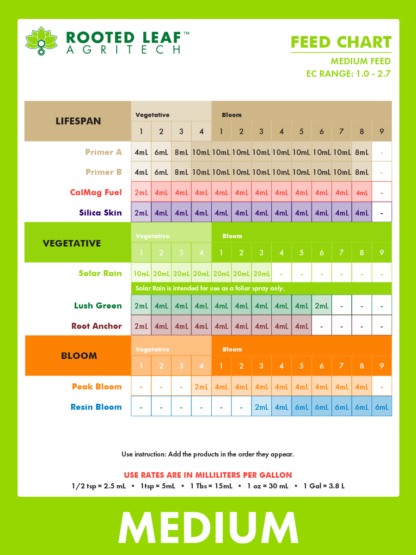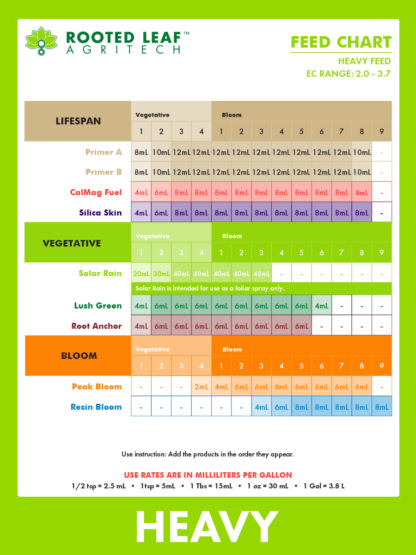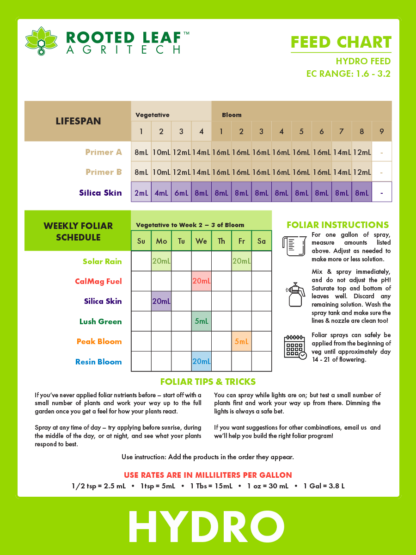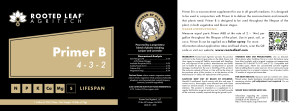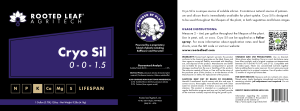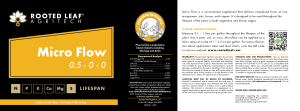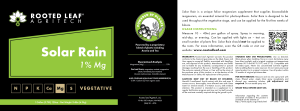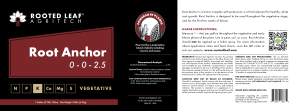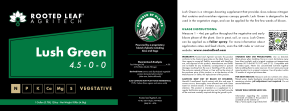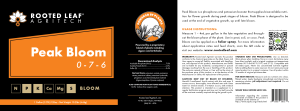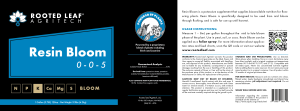How Can We Help?
What are Carbon-Based Fertilizers?
Product Line Overview
LIFESPAN
Our Lifespan products are used across the full life of the plant. They contain balanced proportions of macro and micronutrients that are 100% bioavailable to plants and deliver a dependable source of nutrition in both the vegetative and flowering phases.

Primer A&B

Cryo Sil

Micro Flow

CalMag Fuel
VEGETATIVE
Our Vegetative products contain everything plants need for strong root establishment and development, plus all of the building blocks that help plants develop lush green canopies in high-intensity growing environments. Our Vegetative products are 100% free of nitrate and phosphate salts.

Solar Rain
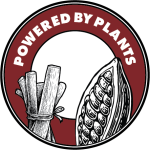
Root Anchor

Lush Green
BLOOM
Our Bloom products nourish even the fastest growing and highest yielding plants. They are fine-tuned to deliver all of the necessary building blocks for large, dense flowers and the highest quality yields. Our Bloom products are 100% free of nitrate and phosphate salts.
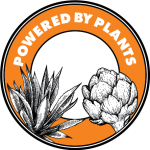
Peak Bloom

Resin Bloom
Foliar Sprays
Our entire product line performs incredibly well as foliar sprays and can be safely applied up to approximately week 2 or 3 of flowering:

Solar Rain
10 – 20mL/gal

Micro Flow
1 – 2.5mL/gal

Primer A&B
1 – 2mL/gal

CalMag Fuel
(10 – 20mL/gal)

Cryo Sil
10 – 20mL/gal

Root Anchor
2.5 – 5mL/gal

Lush Green
5 – 10mL/gal

Peak Bloom
(2.5 – 5mL/gal)

Resin Bloom
(10 – 20mL/gal)

Solar Rain
(10-20mL/G)
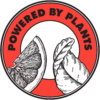
CalMag Fuel
(10-20mL/G)

Cryo Sil
(10-20mL/G)

Lush Green
(10-20mL/G)

Peak Bloom
(5-10mL/G)

Resin Bloom
(10-20mL/G)
- Use the entire spray solution within 12 hours of mixing.
- Feel free to mix & match and find the foliar combinations which work well for you!
- Whether you spray early in the morning, mid-day, or late at night - stay consistent.
- Clean your sprayer line out with fresh water after each application!



